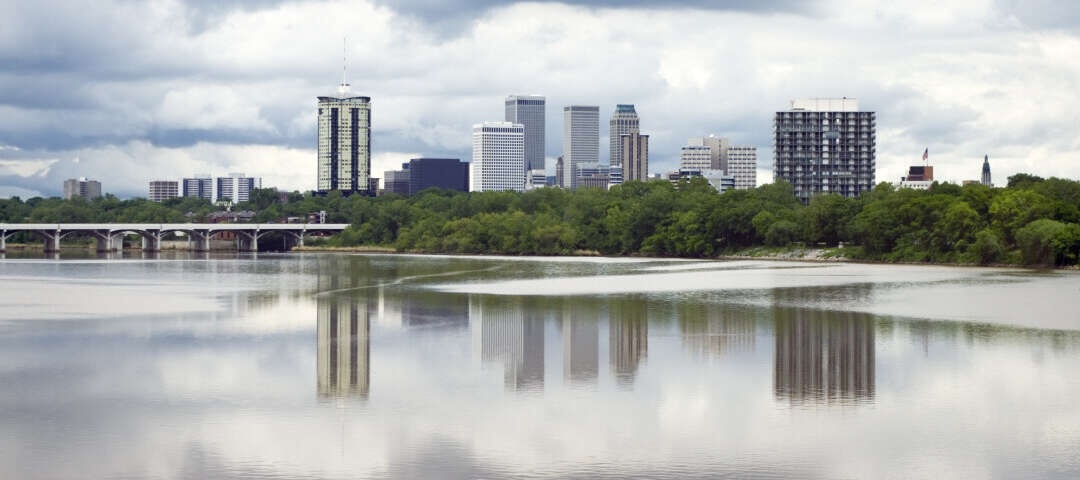If you're considering a move to Tulsa, OK, the Rolling Hills neighborhood in the southeast part of the city is definitely worth exploring. Known for its peaceful atmosphere and friendly community vibe, Rolling Hills offers a perfect blend of suburban comfort with easy access to urban amenities. Residents appreciate the neighborhood's well-maintained parks and tree-lined streets, which create a welcoming environment for families, professionals, and retirees alike. With excellent schools nearby and plenty of local shops and eateries, Rolling Hills makes daily living both convenient and enjoyable.
One of the standout attractions in Rolling Hills is the nearby Gathering Place, a sprawling riverfront park loved by locals for its walking trails, playgrounds, and scenic picnic spots. This outdoor haven is ideal for weekend relaxation or an active day out with family and friends. Additionally, the neighborhood boasts convenient access to Tulsa’s vibrant shopping and dining scenes, including popular spots like the Woodland Hills Mall just a short drive away. For those who enjoy golf, the nearby Mohawk Park Golf Course offers a great place to unwind and practice your swing.
When it comes to commuting, Rolling Hills is comfortably situated about 15-20 minutes from Downtown Tulsa, making it a practical choice for those working in the city center but seeking a quieter home environment. The neighborhood’s proximity to major highways means you can easily get around Tulsa and beyond, whether it’s for work or leisure. With its blend of natural beauty, community spirit, and accessibility, Rolling Hills is a fantastic option for anyone looking to settle in the southeastern part of Tulsa.





